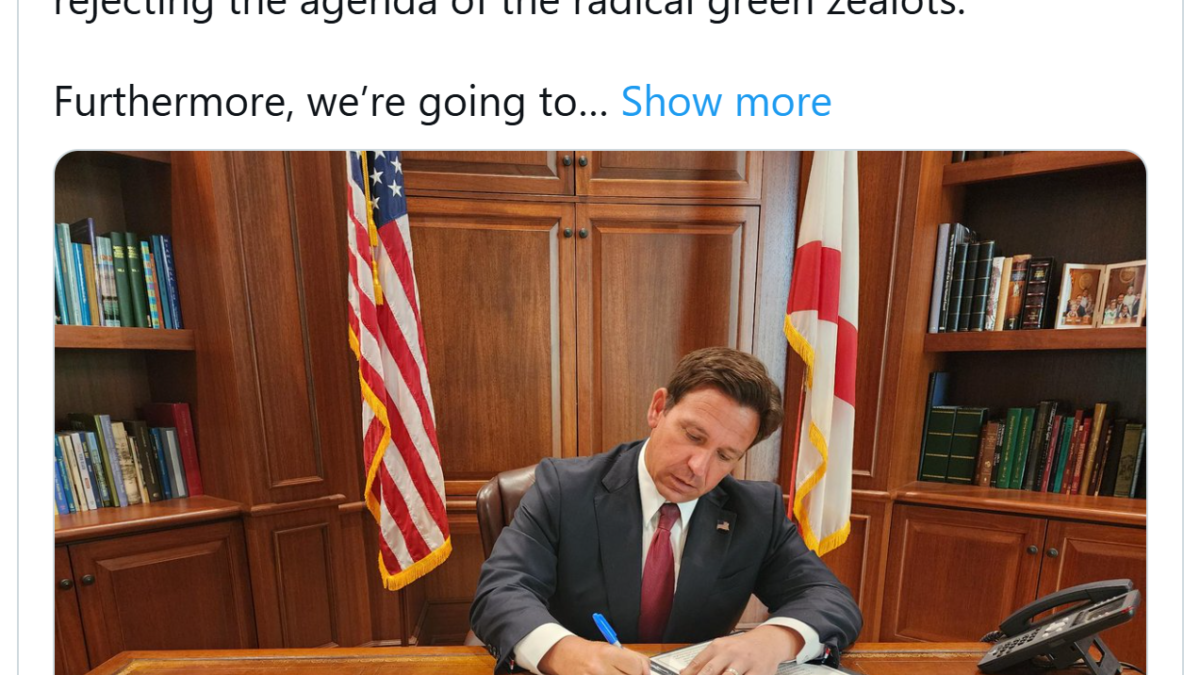Tesla created secret team to suppress thousands of driving range complaints – “They’ve gotten really good at exploiting the rule book and maximizing certain points to work in their favor involving EPA tests”

By Steve Stecklow and Norihiko Shirouzu
27 July 2023
AUSTIN, Texas (Reuters) – In March 2023, Alexandre Ponsin set out on a family road trip from Colorado to California in his newly purchased Tesla, a used 2021 Model 3. He expected to get something close to the electric sport sedan’s advertised driving range: 353 miles on a fully charged battery.
He soon realized he was sometimes getting less than half that much range, particularly in cold weather – such severe underperformance that he was convinced the car had a serious defect.
“We’re looking at the range, and you literally see the number decrease in front of your eyes,” he said of his dashboard range meter.
Ponsin contacted Tesla and booked a service appointment in California. He later received two text messages, telling him that “remote diagnostics” had determined his battery was fine, and then: “We would like to cancel your visit.”
What Ponsin didn’t know was that Tesla employees had been instructed to thwart any customers complaining about poor driving range from bringing their vehicles in for service. Last summer, the company quietly created a “Diversion Team” in Las Vegas to cancel as many range-related appointments as possible.
The Austin, Texas-based electric carmaker deployed the team because its service centers were inundated with appointments from owners who had expected better performance based on the company’s advertised estimates and the projections displayed by the in-dash range meters of the cars themselves, according to several people familiar with the matter.
Inside the Nevada team’s office, some employees celebrated canceling service appointments by putting their phones on mute and striking a metal xylophone, triggering applause from coworkers who sometimes stood on desks. The team often closed hundreds of cases a week and staffers were tracked on their average number of diverted appointments per day.
Managers told the employees that they were saving Tesla about $1,000 for every canceled appointment, the people said. Another goal was to ease the pressure on service centers, some of which had long waits for appointments.
In most cases, the complaining customers’ cars likely did not need repair, according to the people familiar with the matter. Rather, Tesla created the groundswell of complaints another way – by hyping the range of its futuristic electric vehicles, or EVs, raising consumer expectations beyond what the cars can deliver. Teslas often fail to achieve their advertised range estimates and the projections provided by the cars’ own equipment, according to Reuters interviews with three automotive experts who have tested or studied the company’s vehicles.
Neither Tesla nor Chief Executive Elon Musk responded to detailed questions from Reuters for this story.

Tesla years ago began exaggerating its vehicles’ potential driving distance – by rigging their range-estimating software. The company decided about a decade ago, for marketing purposes, to write algorithms for its range meter that would show drivers “rosy” projections for the distance it could travel on a full battery, according to a person familiar with an early design of the software for its in-dash readouts.
Then, when the battery fell below 50% of its maximum charge, the algorithm would show drivers more realistic projections for their remaining driving range, this person said. To prevent drivers from getting stranded as their predicted range started declining more quickly, Teslas were designed with a “safety buffer,” allowing about 15 miles (24 km) of additional range even after the dash readout showed an empty battery, the source said.
The directive to present the optimistic range estimates came from Tesla Chief Executive Elon Musk, this person said.
“Elon wanted to show good range numbers when fully charged,” the person said, adding: “When you buy a car off the lot seeing 350-mile, 400-mile range, it makes you feel good.”
Tesla’s intentional inflation of in-dash range-meter projections and the creation of its range-complaints diversion team have not been previously reported. […]

Jonathan Elfalan, vehicle testing director for the automotive website Edmunds.com, reached a similar conclusion to Pannone after an extensive examination of vehicles from Tesla and other major automakers, including Ford, General Motors, Hyundai and Porsche.
All five Tesla models tested by Edmunds failed to achieve their advertised range, the website reported in February 2021. All but one of 10 other models from other manufacturers exceeded their advertised range. […]
“They’ve gotten really good at exploiting the rule book and maximizing certain points to work in their favor involving EPA tests,” Elfalan told Reuters. The practice can “misrepresent what their customers will experience with their vehicles.” [more]
Tesla created secret team to suppress thousands of driving range complaints

